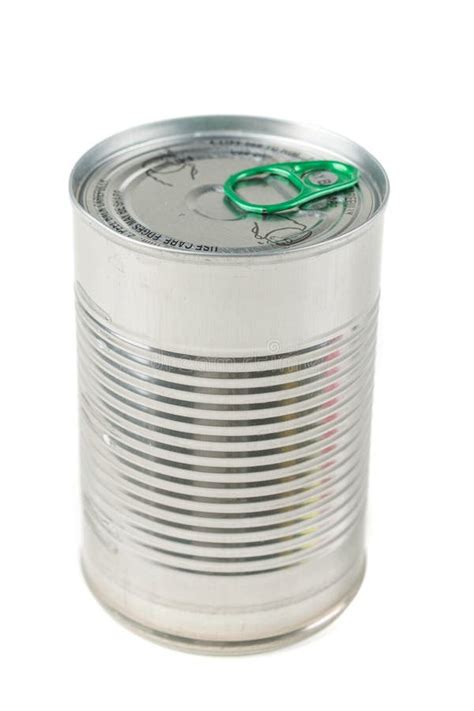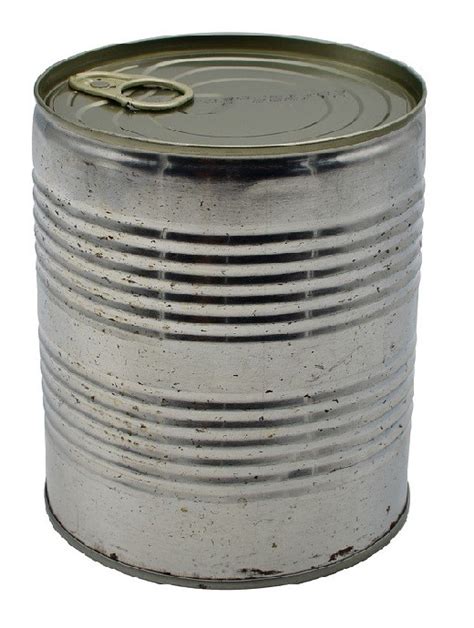How can men optimize rep ranges and sets for peak strength and hypertrophy gains?

Unlocking Peak Performance: Rep Ranges and Sets Explained
For men serious about building a formidable physique and unparalleled strength, understanding the interplay between rep ranges and sets is paramount. It’s not just about lifting heavy; it’s about lifting smart. The way you structure your repetitions and total sets directly dictates the physiological adaptations your body undergoes, whether that’s dense muscle fibers built for raw power or voluminous, aesthetically pleasing muscle mass. Let’s delve into the science-backed strategies to optimize your training for peak strength and hypertrophy.

The Fundamentals: Rep Ranges for Specific Goals
Different rep ranges elicit distinct responses from your muscles. Tailoring these ranges to your primary objective is the first step:
- Strength (1-5 Reps): This range focuses on neurological adaptations, improving your central nervous system’s ability to recruit high-threshold motor units. You’ll be lifting very heavy loads, typically 85% of your one-rep max (1RM) or higher. While some hypertrophy occurs, the main gain here is raw power and efficiency.
- Hypertrophy (6-12 Reps): The sweet spot for muscle growth. This range utilizes moderate loads (65-85% of 1RM) and creates significant metabolic stress and mechanical tension, leading to increased muscle protein synthesis and cell swelling. This is where most of your muscle building will happen.
- Endurance (15+ Reps): While less critical for pure strength or hypertrophy, training in this range (under 65% 1RM) improves muscular endurance and can contribute to overall work capacity and some sarcoplasmic hypertrophy (increased fluid within muscle cells). It’s often used for warm-ups or conditioning.
Mastering Sets: Volume, Frequency, and Intensity
The number of sets you perform is crucial for total training volume, a key driver of adaptation. Optimal set numbers vary based on experience, muscle group, and training intensity:
- Volume: For most men aiming for hypertrophy, 10-20 hard sets per muscle group per week is a common recommendation, distributed across 2-3 sessions. For strength, volume might be slightly lower on primary lifts but intensity much higher.
- Frequency: Training a muscle group 2-3 times per week is generally more effective for hypertrophy than once a week, allowing for more protein synthesis spikes.
- Intensity: Ensure your sets are challenging. For strength, nearly every set should feel heavy. For hypertrophy, aim for 1-3 reps in reserve (RIR) on most working sets, pushing closer to failure occasionally.

Optimizing for Pure Strength Gains
If your primary goal is to lift heavier, focus on compound movements like squats, deadlifts, bench presses, and overhead presses. Your training should revolve around low reps and high intensity:
- Rep Ranges: Predominantly 1-5 reps per set.
- Sets: 3-5 sets for primary lifts.
- Rest Periods: Longer rest periods (3-5 minutes) are essential to ensure full recovery of the ATP-PC energy system for maximal effort.
- Example Program Structure: Many powerlifting programs utilize a 5×5 scheme (5 sets of 5 reps) or 3×5 for primary lifts, followed by accessory work in slightly higher rep ranges for muscle balance and injury prevention.
Maximizing Hypertrophy (Muscle Growth)
To pack on muscle mass, you’ll need a balance of mechanical tension, metabolic stress, and muscle damage. This means moderate weights, more reps, and a focus on muscle contractions:
- Rep Ranges: Mostly 6-12 reps per set, with occasional forays into higher (12-15) and lower (5-6) ranges for variety.
- Sets: 3-4 sets per exercise, targeting 10-20 total sets per muscle group per week.
- Rest Periods: Shorter to moderate (60-120 seconds) to maintain metabolic stress and pump.
- Exercise Selection: Incorporate a mix of compound movements (e.g., barbell rows, incline press) and isolation exercises (e.g., bicep curls, lateral raises) to target muscles comprehensively.

The Best of Both Worlds: Blending Strength and Hypertrophy
Most men don’t want to choose between strength and size. The good news is you don’t have to. You can integrate both goals into your training through intelligent programming:
- Periodization: Cycle through phases, dedicating blocks of time (e.g., 4-6 weeks) to primarily strength, followed by phases focused on hypertrophy.
- Undulating Periodization: Vary rep ranges within a single week. For example, Monday could be heavy strength day (3-5 reps), Wednesday a moderate hypertrophy day (8-12 reps), and Friday a higher volume/endurance day (12-15 reps). This keeps your body adapting to different stimuli.
- Prioritization within a Workout: Start your workout with your primary strength movement in low rep ranges, then transition to higher rep ranges for accessory and isolation work. For example, bench press 3×5, then dumbbell incline press 3×8-12, then pec flyes 3×10-15.

Advanced Considerations for Continued Gains
- Progressive Overload: Regardless of your goal, consistently striving to lift more weight, perform more reps, or increase volume over time is the fundamental principle of progression.
- Training to Failure: While not necessary for every set, occasionally pushing a set to muscular failure can provide a potent stimulus for hypertrophy, particularly on isolation exercises.
- Individual Differences: Listen to your body. Some individuals respond better to higher volume, others to higher intensity. Experiment and find what works best for you.
- Deload Weeks: Incorporate planned deload weeks (reduced volume/intensity) every 6-12 weeks to allow your body to recover, prevent overtraining, and come back stronger.

Conclusion
Optimizing rep ranges and sets is a dynamic process that requires understanding, experimentation, and consistent effort. By intelligently manipulating these variables, men can systematically build impressive strength and significant muscle mass. Focus on progressive overload, listen to your body, and don’t be afraid to adjust your approach based on your evolving goals and physical responses. With a strategic approach, peak gains are well within your reach.







